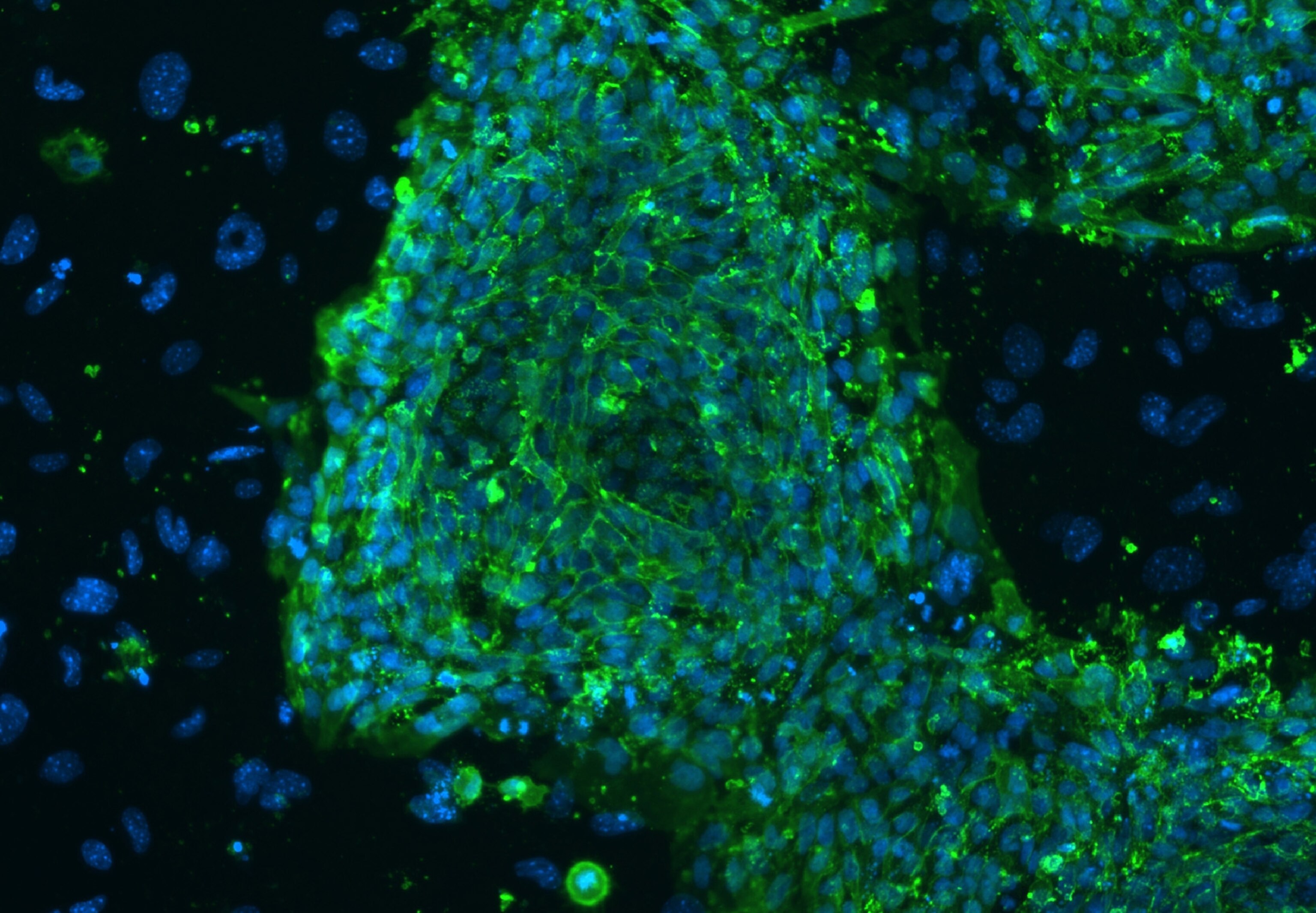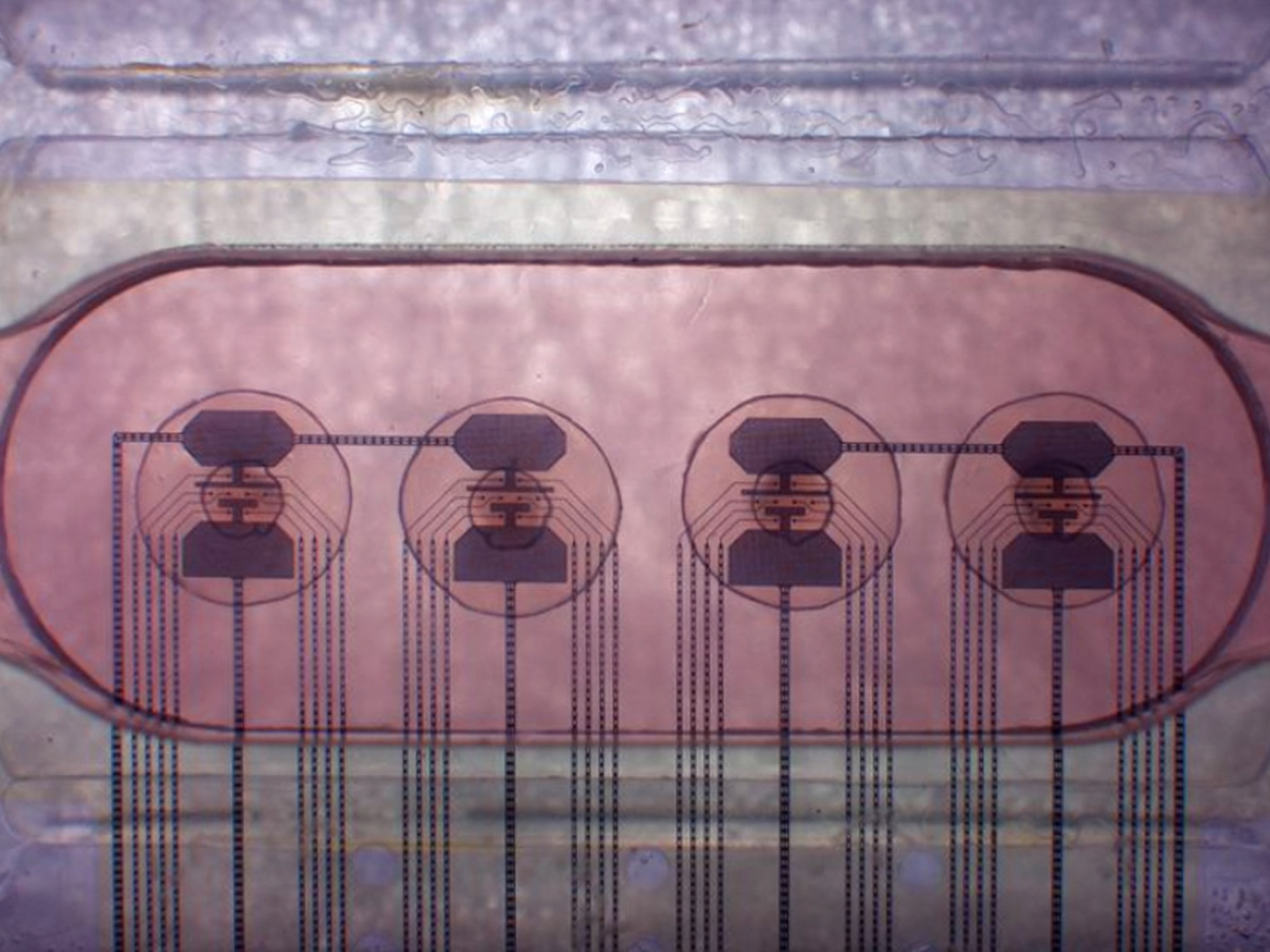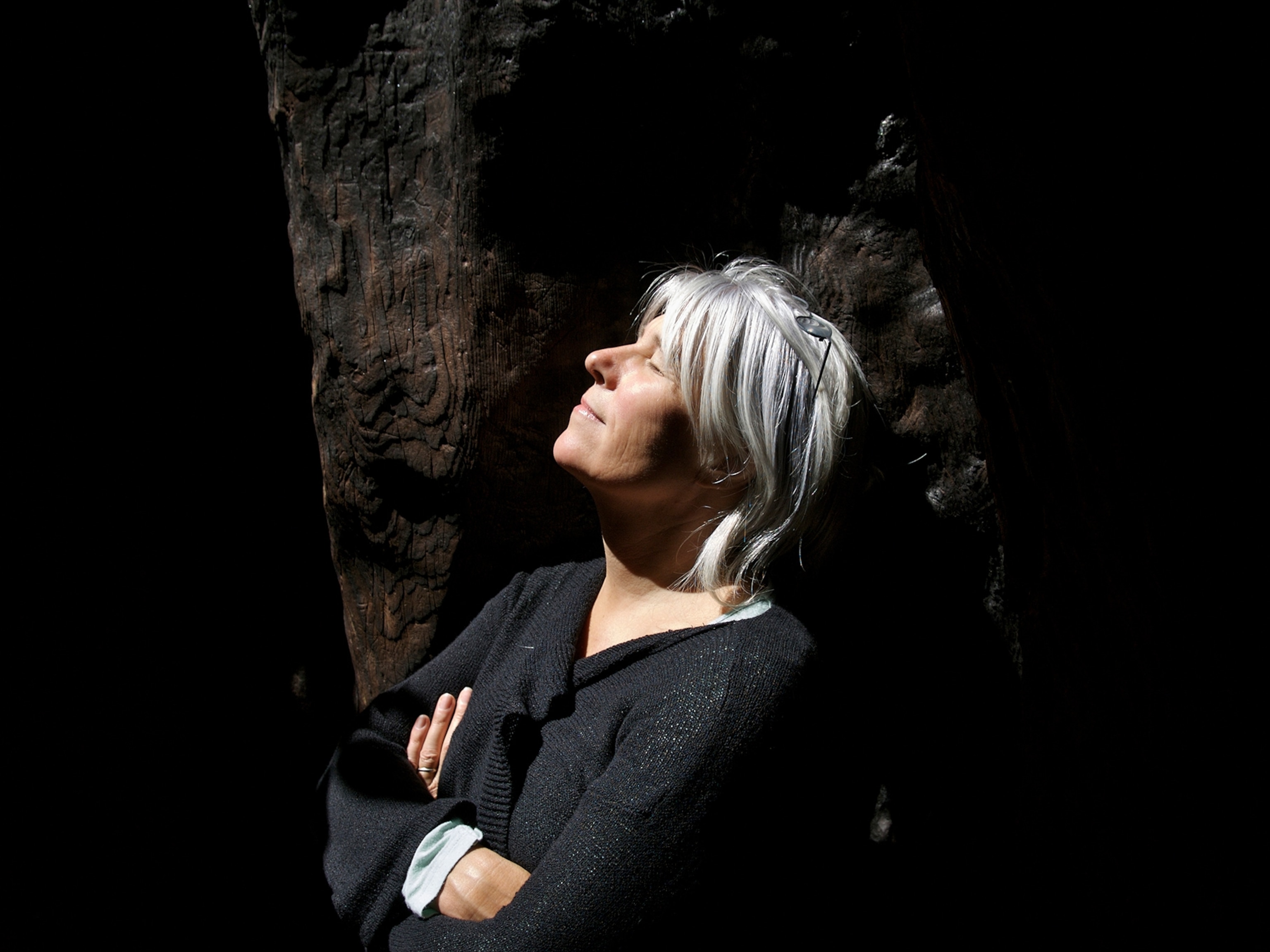
Ancient Virus DNA Gives Stem Cells the Power to Transform
Embryonic stem cells can become any type of cell, thanks to an ancient virus, scientists say.
A virus that invaded the genomes of humanity's ancestors millions of years ago now plays a critical role in the embryonic stem cells from which all cells in the human body derive, new research shows.
The discovery sheds light on the role viruses play in human evolution and could help scientists better understand how to use stem cells in advanced therapies or even how to convert normal cells into stem cells.
Embryonic stem cells are pluripotent, meaning they are capable of becoming any other kind of cell in the body. Scientists around the world hope to use this capability to help patients recover from injury and disease.
Researchers have struggled for decades to figure out how pluripotency works. These new findings reveal that "material from viruses is vital in making human embryonic stem cells what they are," said computational biologist Guillaume Bourque at McGill University in Montreal, a co-author of the study published online March 30 in Nature Structural & Molecular Biology.
Viral Invasion
To make copies of itself, a virus has to get inside a cell and co-opt its machinery. When one type of virus called a retrovirus does this, it slips its own genes into the DNA of its host cell. The cell is then tricked into assembling new copies of the retrovirus. The most infamous retrovirus is HIV, the virus behind AIDS.
In rare cases, retroviruses infect sperm or egg cells. If that sperm or egg becomes part of a person, their cells will contain retrovirus DNA, and they can pass that DNA on to their descendants. Past research suggests that at least 8 percent of the human genome is composed of these so-called endogenous retroviruses-leftovers from retroviral infections our ancestors had millions of years ago.
Scientists long thought that endogenous retroviruses were junk DNA that didn't do anything within the human genome, said study co-author Huck-Hui Ng, a molecular biologist at the Genome Institute of Singapore.
However, recent studies have revealed that might not be true for one class of endogenous retroviruses known as human endogenous retrovirus subfamily H. HERV-H DNA was surprisingly active in human embryonic stem cells but not in other regular types of human cells.
Now scientists have found that HERV-H is not only active in these stem cells, but also is key in keeping them pluripotent.
In the new study, the researchers treated human embryonic stem cells with tiny bits of RNA that suppressed HERV-H activity. The treated cells stopped acting like stem cells. Instead, they acted much like fibroblasts, the most common kind of cell found in animals' connective tissue.
Further analysis confirmed that curbing HERV-H quashed the production of proteins that are associated with pluripotency.
"It's pretty wild to see these elements at play in embryonic stem cells, which one intuitively might not want to fiddle around with too much," said computational biologist David Kelley of Harvard University, who did not participate in this study.
A better understanding of how HERV-H works might help researchers chemically reprogram ordinary cells into becoming pluripotent stem cells, which "could help lead to regenerative medicine therapies," Bourque said. Those therapies could treat conditions such as diabetes, stroke, multiple sclerosis, Parkinson's disease, and brain and spinal cord injury.
Converting an Enemy
More than 1,000 copies of HERV-H litter the human genome. The DNA sequences are unique to humans and great apes, apparently invading primates less than 20 million years ago, said evolutionary geneticist Cedric Feschotte of the University of Utah, who did not take part in this research.
But HERV-H isn't necessary for pluripotency in stem cells of other organisms. Non-primates have stem cells that work without this viral material.
"Whatever these elements are doing for stem cell biology, which remains unclear but the study suggests is important, it must have emerged recently and rapidly in evolution," Feschotte said.
Human embryonic stem cells are the ultimate source of the more than 200 known types of cells in the body. That such critical building blocks of human biology would depend on genetic material from an outside source—a virus, no less—runs counter to intuition.
However, eons of evolution have honed viruses' ability to manipulate the biology of a host cell. These findings suggest that once an organism absorbs a retrovirus, it can then use some of this viral material to better control its own biology. "That can be faster than just relying on random mutations to get something that might work," Bourque said.
Future work should explore other families of endogenous retroviruses "to see if they have also evolved new functional roles, like HERV-H did in stem cells," said functional genomicist John Rinn at Harvard University, who did not participate in this study. "We suspect that these genes may play important roles in other cell types as well, such as liver, kidney, and brain."
These relics from ancient infections may turn out to be more treasure than junk.





